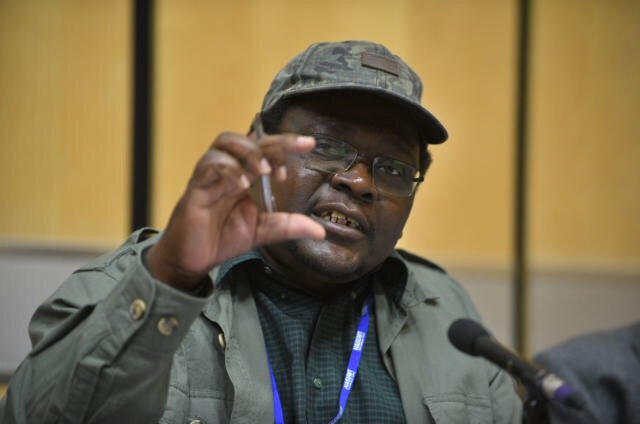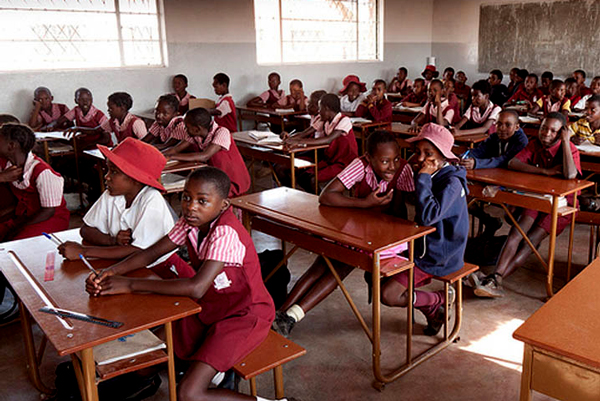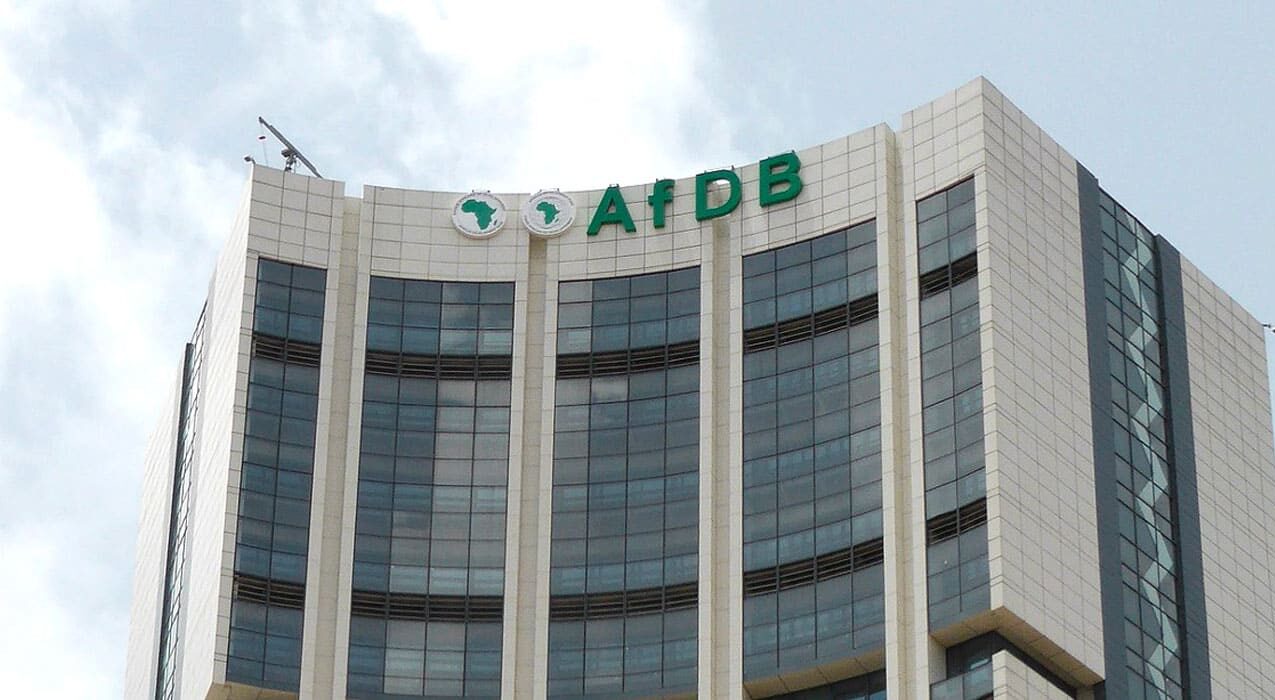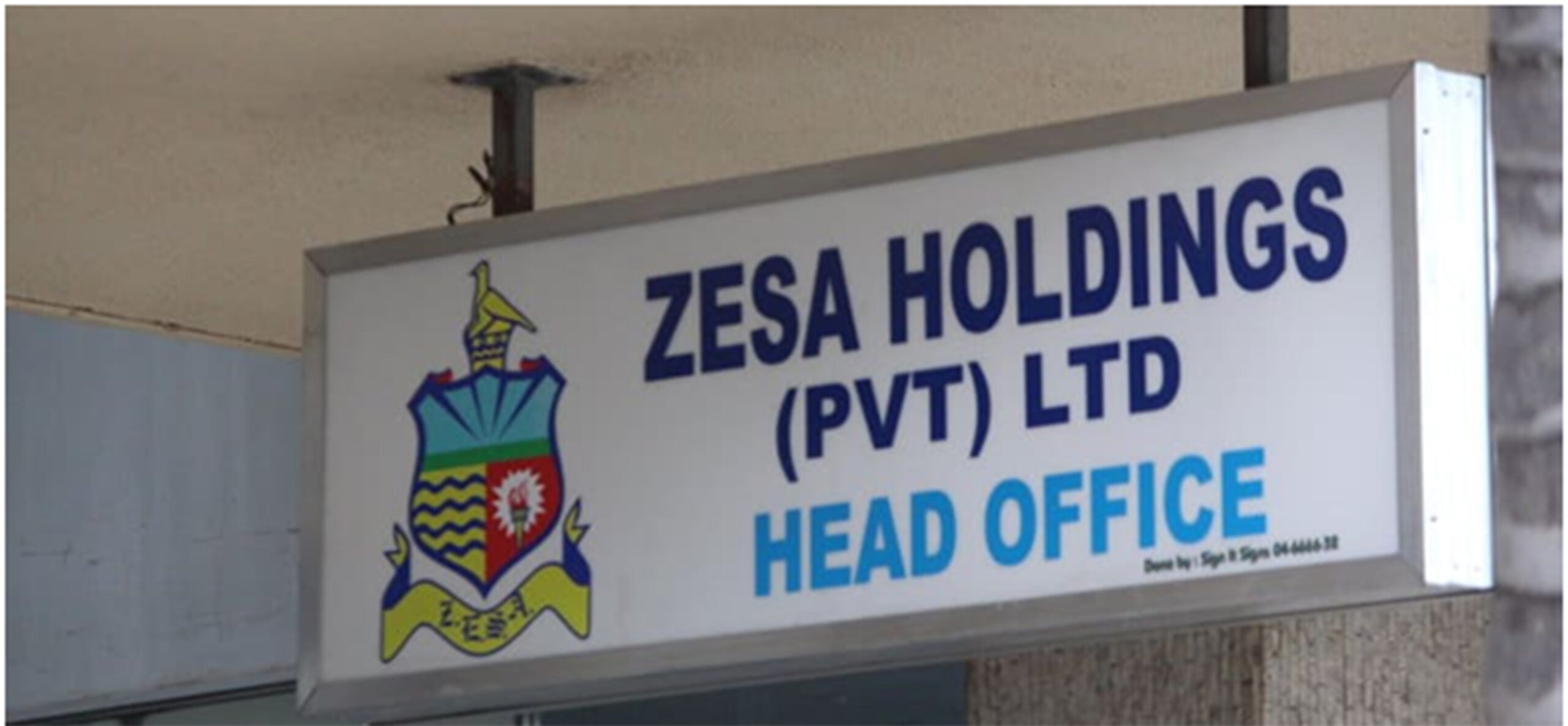
TATIRA ZWINOIRA POWER utility, Zesa Holdings Private Limited executive chairperson Sydney Gata says the parastatal is in need of US$2,5 billion to end load shedding as the country grapples with subdued local power generation.
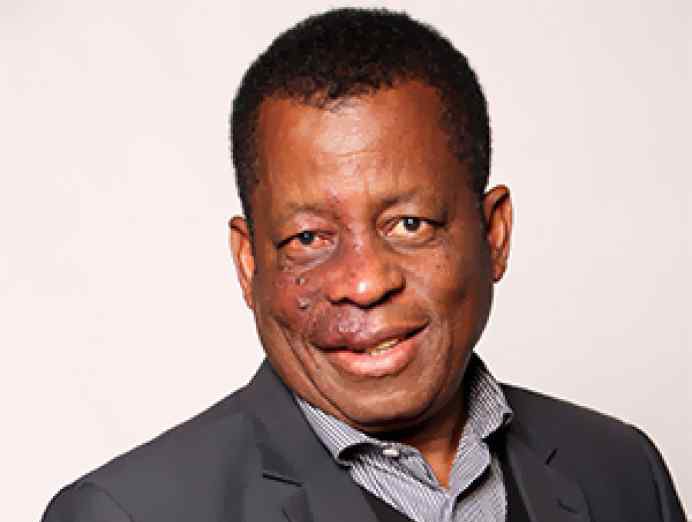
This comes as the power utility battles acute challenges in getting its monthly requirement of US$17 million to import electricity from the Reserve Bank of Zimbabwe.
The need to import electricity is being driven by the prevailing power deficit of about 1 600MW, owing to increased demand and poor power generation from both hydro and thermal energy sources.
Speaking to the Zimbabwe Independent on the sidelines of a four-day ‘International Renewable Energy Conference and Expo’ held last week, in Victoria Falls, Gata said the capital requirement also entails clearing a backlog of 300 000 power generation applications.
“What we need to end load shedding, to start exporting power, to provide reinforcement of the transmission system, to cover the backlog of connections of some 300 000 applications, to restore national public lighting and upgrading it and providing electricity to every citizen of Zimbabwe, we are looking at US$2,5 billion in the next three years,” Gata said.
“I can’t give you a figure of the last rollout of electrification, so I can only say we shall have the capacity to provide them with service but I cannot say the timing. All I know is that by 2030, everyone in this country should have electricity.”
The International Renewable Energy Conference and Expo was hosted by The Standard, published by Alpha Media Holdings (AMH).
AMH are also publishers of Zimbabwe Independent, Weekly Digest, and the daily, NewsDay.
- Chamisa under fire over US$120K donation
- Mavhunga puts DeMbare into Chibuku quarterfinals
- Pension funds bet on Cabora Bassa oilfields
- Councils defy govt fire tender directive
Keep Reading
News that Zesa was struggling to operate was first seen by the auditor general’s (AG) office in its State Enterprises and Parastatals reports.
In the AG’s 2020 report For Appropriation Accounts Finance Accounts Revenue Statements and Fund Account, Zesa had foreign debts of US$1,1 billion in the form of interest on outstanding loans advanced to the power utility by the government.
The loans were for the refurbishment of sub-stations, power station upgrading and construction of sub-stations.
In its 2019 State Enterprises and Parastatals report, following the reintroduction of the Zimbabwean dollar, the auditor general found Zesa’s current liabilities exceeded its current assets by ZW$3,2 billion (US$22,6 million). This was from a 2018 comparative of ZW$1,5 billion (US$10,5 million).
For the year 2019, the group also posted an operating loss before tax of ZW$2,3 billion (US$16,1 million), meaning over the past few years the company has been struggling to stay afloat.
Further, Zesa is owed over ZW$15 billion (US$105 million) by consumers over non-payment of electricity services by the debtors in the industry and the government.
Another major challenge for the power utility is its inability to charge a cost effective tariff where Zesa requires foreign currency for its operations but charging its tariff in local currency.
“This is why Zesa launched a blitz on defaulting consumers since they are not getting support from the central bank. The idea is to recoup some money from debtors,” a source close to the matter said.
Referring to the central bank’s struggles in allocating foreign currency to the power utility to import electricity, Gata noted that it was still a sore point when seeking government assistance.
“There have been discussions but nothing sustainable was resolved. We spent for instance – last year US$225 million importing electricity,” Gata said.
“A bit of that import is coming from IPP (independent power producers) in other countries while we sit on licensed 7 400MW IPP projects we are not supporting. We are not supporting them enough to be able to attract investment and lending.
“Imagine if that entire US$225 million was to be given to our own IPPs? That would make a difference in our energy economy,” he said.
Gata said the quickest and cheapest way to deal with load shedding was through supporting local IPPs.
Energy and Power Development minister Soda Zhemu said the government ministry was tracking all IPP projects.
“Most of the projects are affected by funding issues and the government is working on the issue of implementation agreements, or guarantees, as it involves currency convertibility. When the PPAs (power purchase agreements) are paid for, the payments are done in local currency,” Zhemu said.
“Some investors were then finding it difficult to repatriate their proceeds of investments or repayments of loans outside the country. I think there is going to be a resolution soon.”


